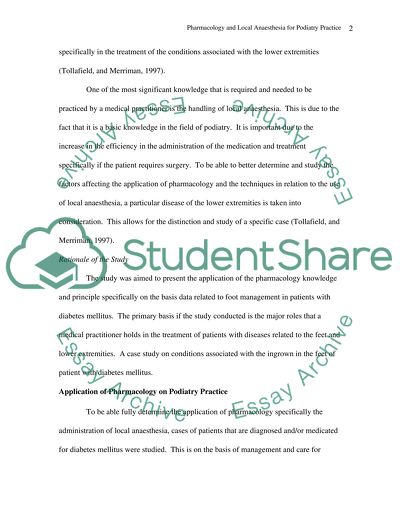Cite this document
(“Pharmacology and Local Anaesthesia for Podiatry Practice Assignment”, n.d.)
Pharmacology and Local Anaesthesia for Podiatry Practice Assignment. Retrieved from https://studentshare.org/health-sciences-medicine/1511448-pharmacology-and-local-anaesthesia-for-podiatry-practice
Pharmacology and Local Anaesthesia for Podiatry Practice Assignment. Retrieved from https://studentshare.org/health-sciences-medicine/1511448-pharmacology-and-local-anaesthesia-for-podiatry-practice
(Pharmacology and Local Anaesthesia for Podiatry Practice Assignment)
Pharmacology and Local Anaesthesia for Podiatry Practice Assignment. https://studentshare.org/health-sciences-medicine/1511448-pharmacology-and-local-anaesthesia-for-podiatry-practice.
Pharmacology and Local Anaesthesia for Podiatry Practice Assignment. https://studentshare.org/health-sciences-medicine/1511448-pharmacology-and-local-anaesthesia-for-podiatry-practice.
“Pharmacology and Local Anaesthesia for Podiatry Practice Assignment”, n.d. https://studentshare.org/health-sciences-medicine/1511448-pharmacology-and-local-anaesthesia-for-podiatry-practice.


